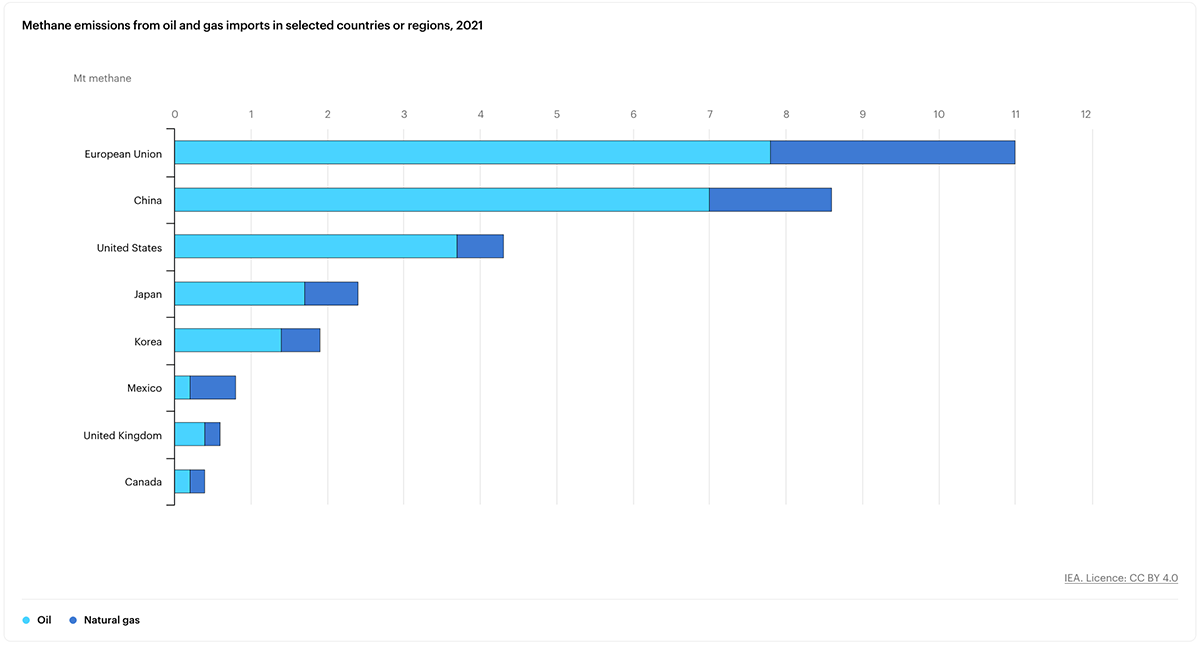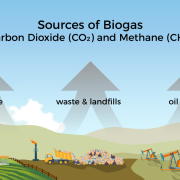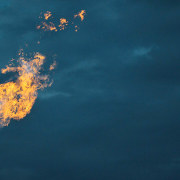Preventing Methane Leaks Could Help Minimize Climate Change
Reducing methane, a powerful greenhouse gas, is a focus at COP28. Why is curbing methane such a big deal?
Methane is a heat-trapping gas with up to 80 times more planet-warming power than carbon dioxide. When it escapes into the atmosphere, it contributes dramatically to the rising temperature of the planet — about 30% of the total historical rise since the Industrial Revolution, based on the 2023 IEA report.
The energy sector is a key contributor to methane emissions; methane is found alongside oil and coal. When these fossil fuels are extracted, methane may escape into the atmosphere. As fossil fuels are transported, methane frequently leaks from the pipelines used to move the gas across the country. The leakage is not inevitable; existing technology can be implemented to detect leaks and repair or replace components that are emitting methane. In many cases the mitigation costs less than the market value of the methane if captured and sold.
Another major source of methane is food production — from farm animals like cows, and their waste. Food waste, whether from spoilage at the point of production or from consumers when they over-buy, resulting in food being discarded from spoilage or scraps thrown out because more was cooked than needed. Methane is created when garbage and uneaten food ends up in landfills. Methane from farms and landfills can be captured and cleaned to produce energy for these facilities instead of allowing the gas to just leak into the atmosphere. For the facility, using their own biogas can help the operation become more energy self-sufficient.
While many methane sources are related to human activity, there are other natural sources of methane. Wetlands naturally release methane when it’s warm and rainy. As weather in the tropics gets increasingly warmer and rainier as a result of climate change, that leads to more wetlands, which leads to more methane, which leads to even more overheating for the planet.
On the bright side, the reduction of methane alongside carbon dioxide can make huge improvements for the environment. Methane has a much shorter atmospheric lifetime than carbon dioxide (CO2) – around 12 years compared with centuries – so reduction of methane emissions is one of the cheapest and most effective ways to limit near-term global warming.
What are we doing to stop methane emissions?
In 2021, The Global Methane Pledge (GMP) was launched at COP26 to reduce methane emissions. The Pledge now has 150 country participants who have committed to work together to reduce methane emissions by at least 30% below 2020 levels be 2030.
This week, the U.S. EPA unveiled rules for reducing methane from fossil fuel production. View the pdf document (link opens in new tab or window)
In 2022, the International Methane Emissions Observatory (IMEO) launched the Methane Alert and Response System, a global system connecting satellite methane detection to transparent notification processes in order to promote on-the-ground emissions mitigation efforts. This system aims to identify major emissions events, activate its partners to notify relevant stakeholders, and support and track progress toward mitigation.






 Carl Young, used under CC 4.0 License
Carl Young, used under CC 4.0 License
